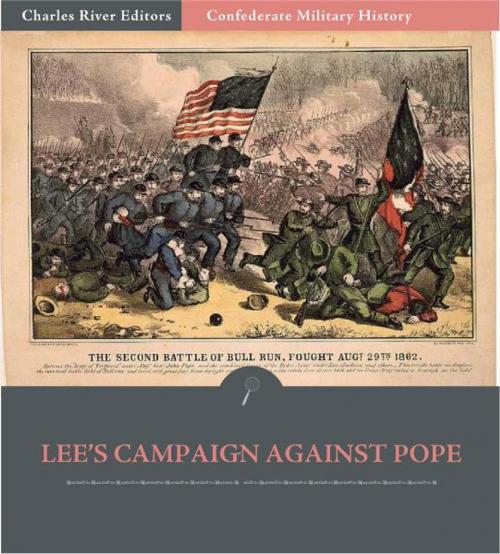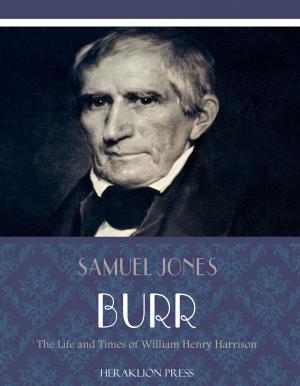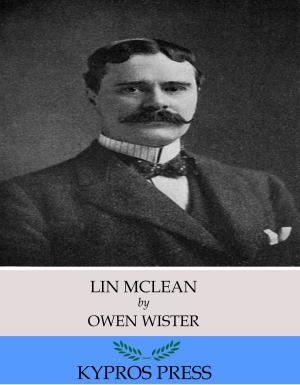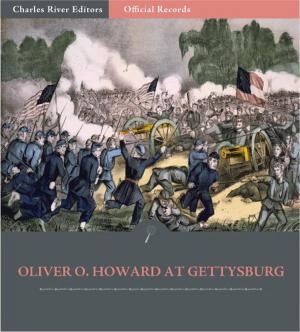Confederate Military History: Lee's Campaign Against Pope In Northern Virginia (Illustrated Edition)
Nonfiction, History, Americas, United States, Civil War Period (1850-1877), 19th Century, Military| Author: | Clement A. Evans | ISBN: | 9781475301359 |
| Publisher: | Charles River Editors | Publication: | March 1, 2012 |
| Imprint: | Language: | English |
| Author: | Clement A. Evans |
| ISBN: | 9781475301359 |
| Publisher: | Charles River Editors |
| Publication: | March 1, 2012 |
| Imprint: | |
| Language: | English |
Confederate Military History is a 12-volume series of books written and/or edited by former Confederate general Clement A. Evans that deals with specific topics related to the military personalities, places, battles, and campaigns in various Southern United States, including those of the Confederacy. Written with a heavy Southern slant, the articles that comprise the compendium deal with the famous events of the war. This account is of the Battle of Second Manassas or Second Bull Run, fought on August 29-30, 1862. The battle, a decisive Confederate victory, nearly shattered John Popes Union army, sending it retreating back to Washington D.C. The victory also paved the way for the Army of Northern Virginias invasion of Maryland in September, which would culminate with the Battle of Antietam. This edition of the Confederate Military Historys Lee's Campaign Against Pope In Northern Virginia is specially formatted with images of important Confederate commanders, including Stonewall Jackson, James Longstreet, Robert E. Lee and John Pope, as well as maps and pictures of the battle.
Confederate Military History is a 12-volume series of books written and/or edited by former Confederate general Clement A. Evans that deals with specific topics related to the military personalities, places, battles, and campaigns in various Southern United States, including those of the Confederacy. Written with a heavy Southern slant, the articles that comprise the compendium deal with the famous events of the war. This account is of the Battle of Second Manassas or Second Bull Run, fought on August 29-30, 1862. The battle, a decisive Confederate victory, nearly shattered John Popes Union army, sending it retreating back to Washington D.C. The victory also paved the way for the Army of Northern Virginias invasion of Maryland in September, which would culminate with the Battle of Antietam. This edition of the Confederate Military Historys Lee's Campaign Against Pope In Northern Virginia is specially formatted with images of important Confederate commanders, including Stonewall Jackson, James Longstreet, Robert E. Lee and John Pope, as well as maps and pictures of the battle.















